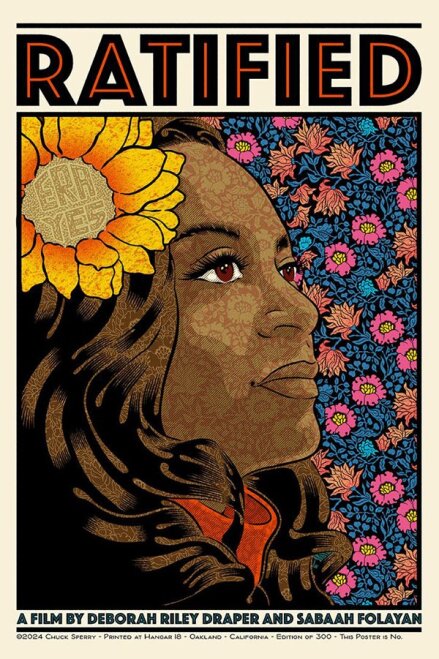Easily the best part of a recession is the proliferation of a little event known as a swap party. The three functions of these gatherings are to allow people to shop without spending a cent, to socialize with friends and meet new people (i.e. friends of friends), and to be kind to the environment by recycling. This is what gives them a near universal appeal. And since late winter/early spring is the absolute best time for one of these (think indoor activity for winter and cleaning for the spring), it’s time to find out what these things are all about.
Here’s how a typical swap goes: first, the host picks their group. Since it’s a lot easier to swap with people similar to each other, it makes sense to pick a group of friends that’s more or less in the same people category. For example, females aged 20-40. Next, the host sends out invites carefully explaining what the event is about and a list of what types of items to bring. In the example of females aged 20-40, the list would heavily emphasize clothes, accessories and beauty products, but also include things like housewares, books, dvds, kitchen supplies, etc. Then on the big day, the host would treat the event like a typical party: clean the house, put out refreshments, and greet guests. The guests are shown where to lay out their goods, and when everyone has done so, the swapping fun begins.
“I have received some very interesting items by doing these swap parties: Coach handbags, True Religion jeans, some cute and trendy clothes, movies, Stephen King books, lingerie, shoes, and much more!” Angela Kruger, a typical first picker, said.
“The best item I got was the Ugg boots,” Newcomer to swapping, April Conners, said.
Veteran swapper Robin Johnson agreed. “I’ve gotten to try different hair products and perfumes without having to buy them.” First timer Chris Cooper said, “I started swapping because it sounded like fun and I wanted to do something I’ve never done before.” Asked how much money she’s actually saving, Julie Bassett Ramminger answered, “A couple hundred.”
The method of the swapping itself can be any way the host has decided, and there are multiple ways to do so. It’s a good idea to tell guests in advance (via the invites) what system will be used or, better yet, to ask what system they think will be fair. Arguably the best system is done this way: guests are given a sheet of paper where they tally what they brought based on three level categories: low, mid and high. Typical examples: a bottle of nail polish is low, a shirt is mid, and a designer purse is high. So once people have tallied their stuff, they redeem the sheet for tickets from a designated “banker.” Sound like Monopoly? A little bit. There are three types of tickets given to represent each of the three levels and lower valued tickets can be combined to “buy” higher valued items. So if all someone brought was a bunch of stuff that originally cost about $5 (read: low level), they can add their low level tickets up to get something high level.
Two things to note here are that the conversion rate should be clearly stated before people decide what level their items are at, and that some high level items can be upgraded to be worth more than the others. For example, if most of the items in the high level category originally cost $50 but one item originally cost $300, the owner would want to put a sticky note on that item saying six high tickets would be required to get it. The trading finally begins after each of the traders rolls a dice to see what order everyone gets to pick in. A special note here: If one person brought especially great stuff and everyone is in agreement that they really outdid themselves, a good practice is to let that person choose what they want first. At some point, usually after the best stuff is taken, most people will become tired of this and the choosing can change into a free-for-all. After everything’s been completely picked through and guests have left, the host can donate the leftovers to the charity of their choice.
It might sound like a lot of work to have to design and print out tally sheets and tickets, count out and assign a worth to each of the items, and explain the rules to each guest as they arrive, but the result is that the swap is thoroughly fair, no one feels like they were given a bad deal, and everyone will want to come back next year (and every year after).
The easiest way to to snag an invite to one of these fabulous shindigs is to volunteer to host the first one. Then in subsequent years, someone new can be elected to host each time. It is typical that all the original invitees will be so eager to make it a yearly tradition, that half of them will offer to host themselves, all of them will return in subsequent years, and the group will grow every year.

























